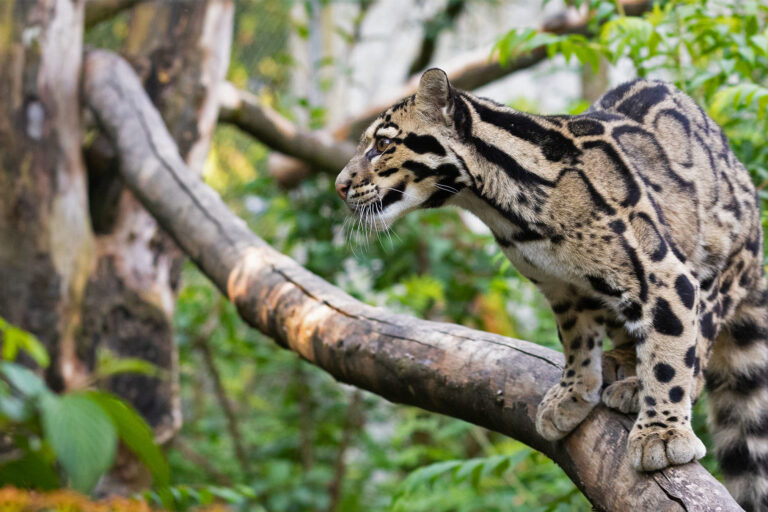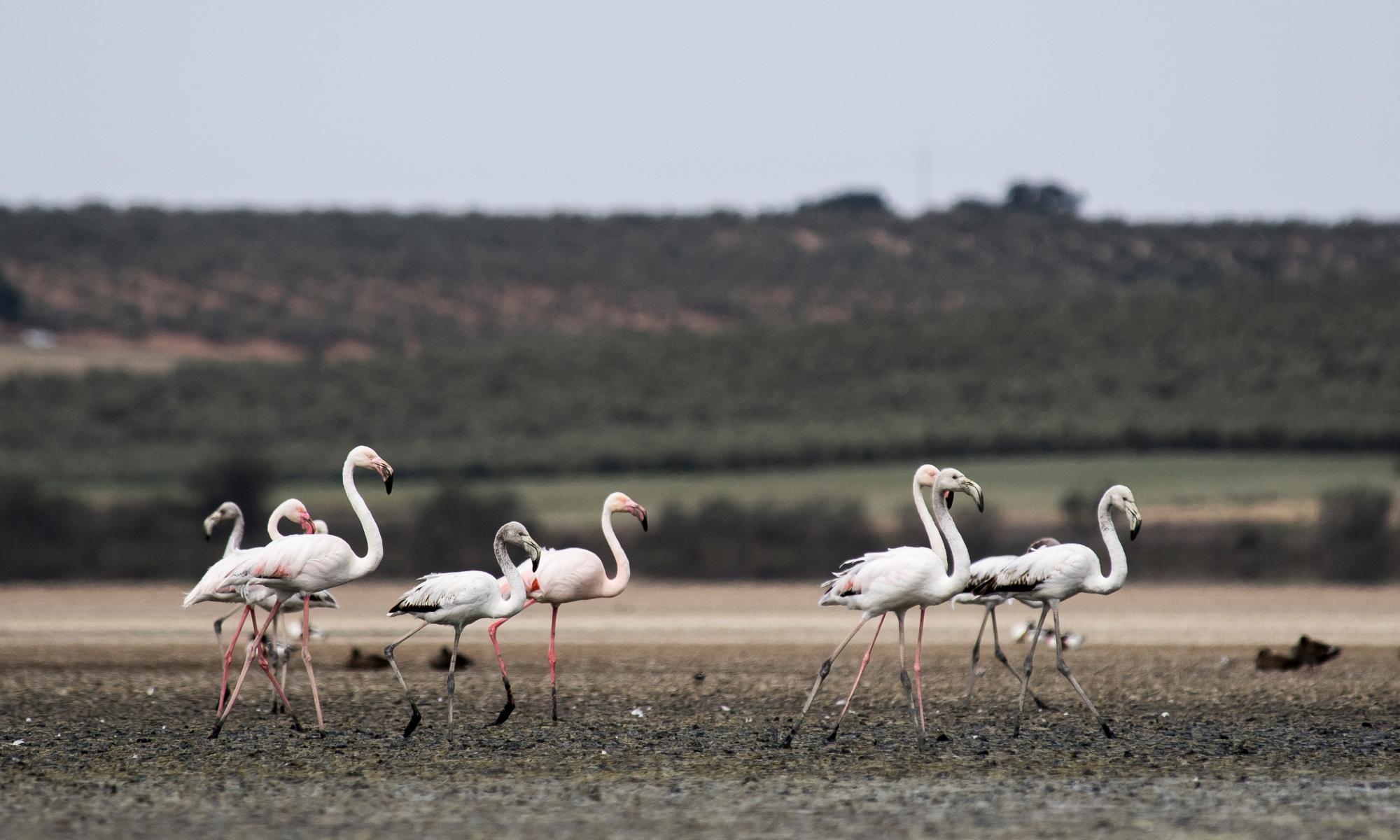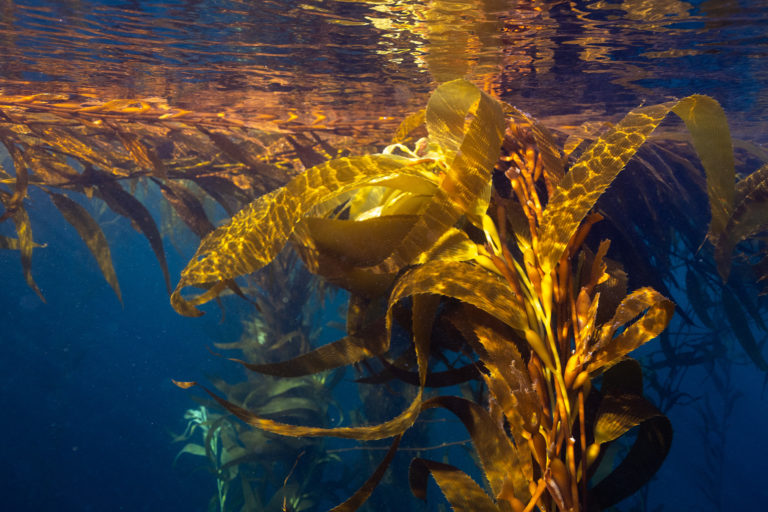More than 400 plants and nearly 200 invertebrates need urgent attention after the bushfire crisis, new analysis for the federal environment department has found.
Freshwater mussels, shrimps, burrowing crayfish, land snails, spiders, millipedes, bees, dragonflies and butterflies were among the invertebrates whose ranges have been severely affected by the unprecedented fires through spring and summer.
The most severely affected species have had at least 30% of their range burned, and in some cases the figure was much higher.
Publication of the list of 471 plants and 191 invertebrates comes as business groups and governments emphasise the need to reduce bureaucracy around environmental assessments as part of the economic recovery from the coronavirus crisis.
Australia’s national environment laws – the Environment Protection and Biodiversity Conservation Act – are being independently reviewed but the environment minister, Sussan Ley, said this week she was prepared to introduce legislative changes before it the review was complete.
The government has not said what those changes might be, but it has emphasised its desire to speed up assessments for major projects.
Environmental advocates have stressed the act has been failing to stem Australia’s high rate of extinction and the need to improve the system of protections has been made more urgent by the bushfire crisis.
As well as the 191 invertebrate species listed as needing urgent attention, 147 have been prioritised for further assessment.
And the invertebrate analysis, compiled by a conservation biologist, John Woinarski, acknowledged that those figures were likely to be an underestimate of the impact of the fires on Australia’s invertebrate species because of large gaps in knowledge about these species.
Australia has about 320,000 invertebrates – much greater than the number of vertebrate or plant species – and monitoring of even the most threatened is often lacking.
“Assessment of the impacts of the 2019-20 fires on Australian invertebrates is also constrained by the absence or limited extent of monitoring of Australian invertebrates, with little monitoring even for most threatened invertebrate species,” the report said.
“In the absence of such monitoring, it is difficult to evaluate the extent of loss, or progress to recovery, of most invertebrate species.”
The lists were developed using maps of fire grounds and the known ranges of threatened and near-threatened species, as well as species for which state agencies had signalled particular concern.
The 471 plants include a variety of vegetation types, among them trees and shrubs in rainforest areas that do not regularly burn. One species, monga waratah, had 50% of its range burned.
“Some species were considered threatened before the fires, and the fires have now likely increased their risk of extinction,” the department’s summary said.
The plant analysis, led by Dr Rachael Gallagher from Macquarie University, said some species such as the forrester’s bottlebrush, betka bottlebrush and grey deua pomaderris are at imminent risk of extinction because all their known or modelled range has been burned, and they are exposed to significant other stresses such as pre-fire drought conditions, high fire frequency or severity, or diseases.
It said the Wollemi pines were a priority for immediate action to mitigate post-fire impacts, along with several species of ground orchid.
The Greens environment spokeswoman, Sarah Hanson-Young, said she was concerned that EPBC review would not account for “the full impact” of the bushfires because much of the assessment work was still to be done.
“How could you have a comprehensive and extensive review without factoring in that information, given the baseline has now changed?” she said.
The government has committed to $50m in funding for wildlife recovery after the bushfires. As part of that, it has set aside $12m for grants for recovery work for plants and invertebrates.


